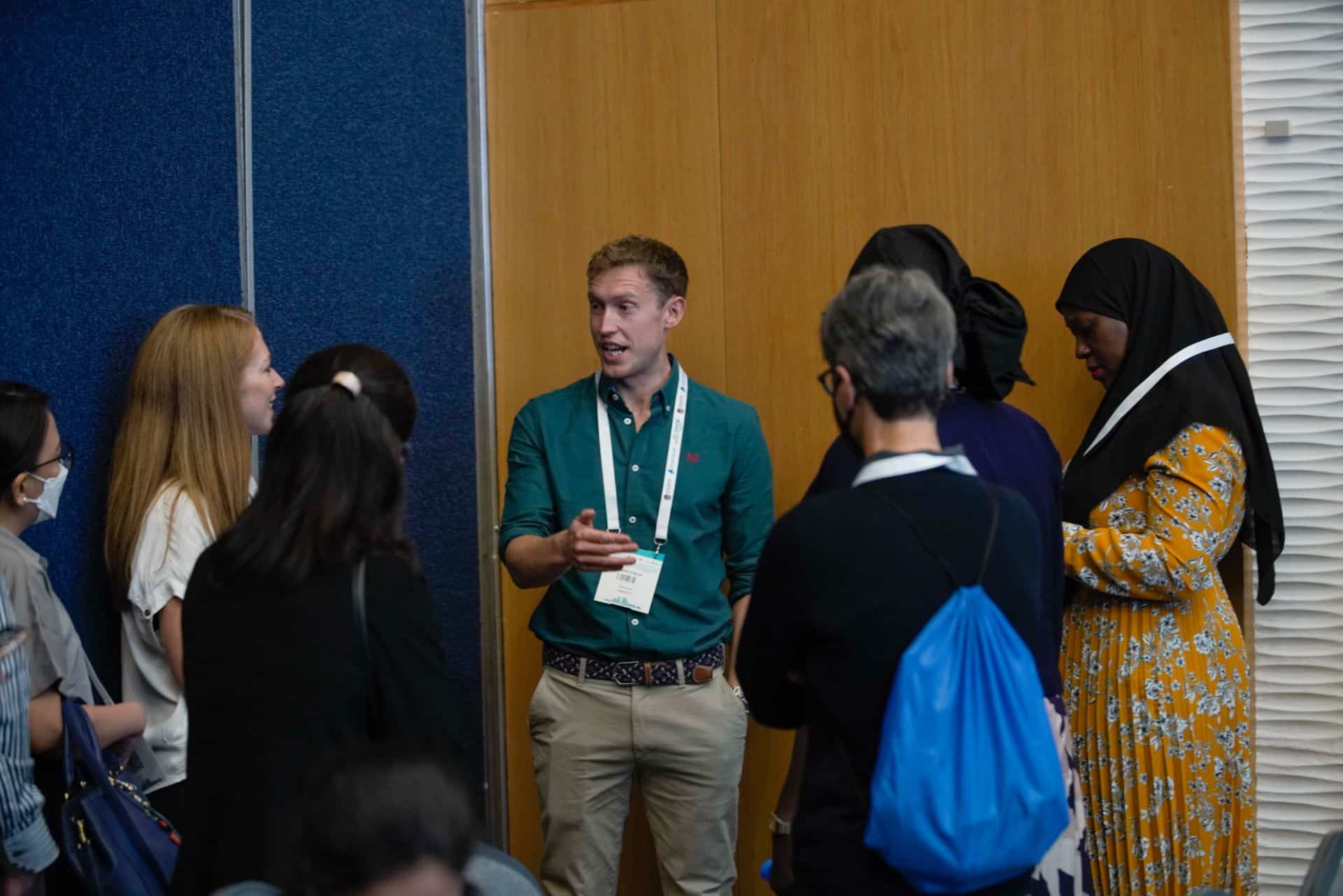Short Oral
Behavior mechanisms and socioecological targets to increase Hispanic women’s objectively-measured physical activity: A systematic review
Background: Moderate-to-vigorous physical activity (MVPA) promotes health; however, only 43.8% of Hispanic women meet MVPA guidelines compared to 54.7% non-Hispanic white women. Socioecological models postulate that MVPA results from influences internal and external to the individual, but research identifying the behavior change mechanisms (BCM) and socioecological level targets necessary to increase Hispanic women’s MVPA is lacking.
Purpose: Synthesize existing literature to determine BCM and socioecological levels that increased Hispanic women’s MVPA.
Methods: PubMed, CINAHL, SSCI, Cochrane Library and PsychINFO were searched using ((Hispanic women) OR (Hispanic OR Mexican American OR Latina OR Latinx) AND (female) AND (exercise OR physical activity)) in March 2023. Studies published in peer-reviewed journals in English testing interventions to increase objectively-measured MVPA among healthy Hispanic women were included. Data were extracted and a narrative synthesis was conducted.
Results: Thirteen studies met inclusion criteria: 9 unique interventions with 4 studies providing additional findings. The total sample included 2,303 Hispanic women, mean ages ranged 28.4 to 44.6, and all studies were conducted in the United States. Self-efficacy (intrapersonal) and family participation (interpersonal) were the only BCM that mediated MVPA immediately post-intervention and were only tested for mediation in one study each. Fifty percent (n=3) of studies targeting the organizational level and 83.3% (n=5) targeting physical activity access to overcome weather and safety barriers at the neighborhood level significantly improved MVPA post-intervention.
Conclusions: Interventions targeting self-efficacy at the intrapersonal, family participation at the interpersonal, and physical activity access at the neighborhood levels increased Hispanic women’s MVPA in the short-term. Interventions targeting the organizational level were not effective for improving MVPA.
Practical implications: Future MVPA interventions should be developed targeting the intrapersonal, interpersonal, and neighborhood levels and tested to confirm self-efficacy and family participation mediate Hispanic women’s MVPA and include long-term follow-up analyses.
Funding: National Institutes of Health.
Submitting Author
Elizabeth Lorenzo
Population Group
Adults
Study Type
Other
Setting
Not Applicable



